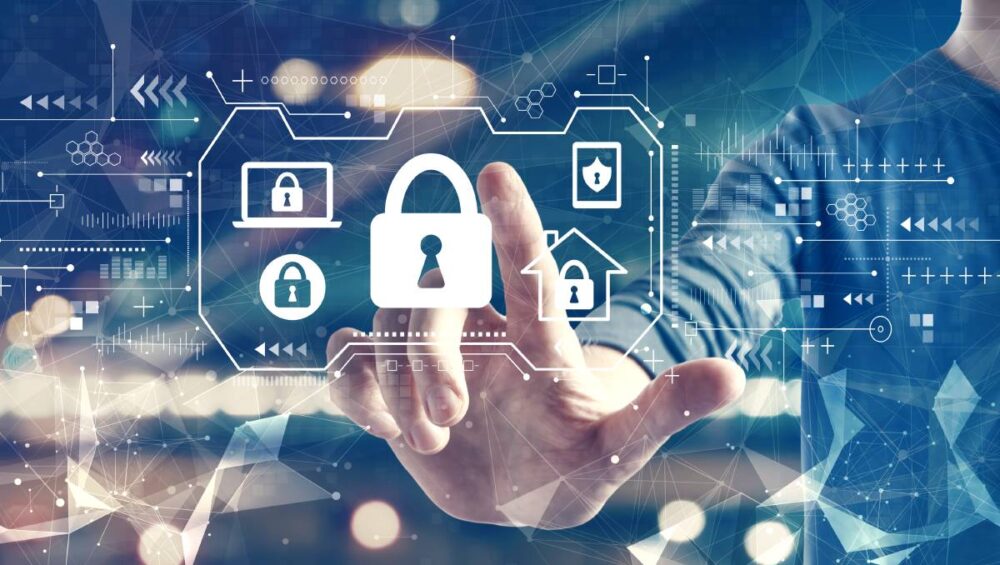
According to a recent report put out by the Identity Theft Resource Centre, the number of data breaches publicly reported so far in 2024 has already far exceeded those for 2024 in total. This puts 2024 on track to be a bumper year for identity theft and other types of cybersecurity breaches.
This news comes in addition to the many high-profile cybersecurity attacks that have already happened, which have included headline-grabbing ransomware attacks on public and private bodies such as the Colonial Pipeline, Acer, KIA Motors, Quanta, AXA, Ireland’s Health Service Executive, and even the NBA.
Although cybersecurity has always been a big concern for a range of public bodies and private corporations, these highly publicized attacks have made this fear a little bit more real. The risks of cyberattacks extend far beyond the data that cybercriminals can gain access to or the ransoms that might need to be paid to restore control. This is confirmed by recent research that illustrates the links between cyberattacks, consumer purchasing trends, and brand loyalty.
For individuals, the risks of data breaches and identity theft are much the same. If your personal data is compromised you will potentially face not only financial consequences, but you will also be open to other risks, including having your identity used in other criminal acts or having your credit score ruined.
Although the risk of identity theft is sometimes completely beyond your control — such as when a website or business whose services you use suffers a security or data breach — more often than not, it is a lack of awareness by individuals that creates this risk. Despite how well-publicized these security breaches often are, there is still a widespread deficit when it comes to cybersecurity awareness.
Common behaviors that put you at risk of a security breach

The most common behaviors that put you at risk of experiencing a cybersecurity incident or a data breach are often quite simple. These include:
- Simple passwords used for multiple accounts: One of the biggest causes of individual security breaches is that website users tend to use the same simple password for multiple accounts.
- Failure to check banking or credit card statements: Checking your bank or credit card statements regularly will allow you to validate any transactions you have made and to spot any potentially fraudulent charges.
- Unaware of privacy settings: Although many websites, apps, and internet-enabled devices have complex privacy settings you can access, many individuals fail to ever meaningfully use them.
- Poor email spam check: Despite the fact that many email providers have highly advanced spam filters, there are inevitably emails that will slip through the cracks. Even the biggest security breaches often come through simple email phishing attempts.
- You are too loose with personal information: Another common trap that individuals fall into is giving away sensitive personal information far too easily. This can be used by criminals to access any of your accounts where a security question might be asked. Always be wary of people asking for this information and who you give it to.
The key to staying safe online

One of the most important things to remember in terms of keeping safe online is that vigilance is everything. By this, we mean that you should show the same level of care and attention regardless of what online service you are using. This means being as careful when you are using an online casino as you are when accessing your bank account. If you want to see the kinds of security measures that have been introduced in the online casino industry in recent years, click here for more information about the 5 best new online casinos.
Simple tips to stay safe online

With all that said, here are some simple tips you can follow to immediately improve your online security:
- Be wary of phishing attempts: Although email spam filters are incredibly advanced these days, they, unfortunately, can’t catch everything. Always be wary of strange emails from an unknown origin that might land in your mailbox. Often, they will contain a link that looks very close to one from an official company. Phishing attempts do not just come in email form, however. You also need to be vigilant when you receive text messages or other instant messages containing links. Remember, always be vigilant!
- Update your devices: An unfortunate reality we must all live with is that many of the electronic devices we use on a daily basis are riddled with vulnerabilities. While many of these can be patched with updates, the rate at which these vulnerabilities come to light can often outpace the rate at which they can be patched. As such, ensure you regularly check for security updates on any device you use on a regular basis, as well as those used more infrequently.
- When it comes to passwords, variety is the spice of life: When it comes to selecting a safe password to use, the most important thing to remember is that variety is the spice of life! Avoid using the same passwords for multiple accounts. If you do, you run the risk that if a criminal gains access to one account, they will be able to access your other accounts with relative ease. Always keep your passwords unique and throw in a variety of character types to make them difficult to crack.
- Use two-factor authentication: In an effort to increase the security of their services, many websites and apps use two-factor authentication. This usually requires you to login and then verify that login using either another device or a dedicated authentication app. If this service is available for any app or website you use, we would highly recommend you use it.
- Look for security features: When using websites, be sure to look out for common security features such as a secured URL. Check for https:// rather than http://. The added ‘s’ is a sign that the website in question is using an encrypted connection.








